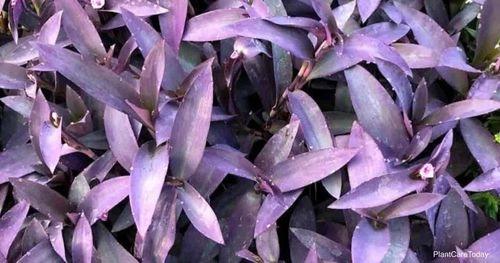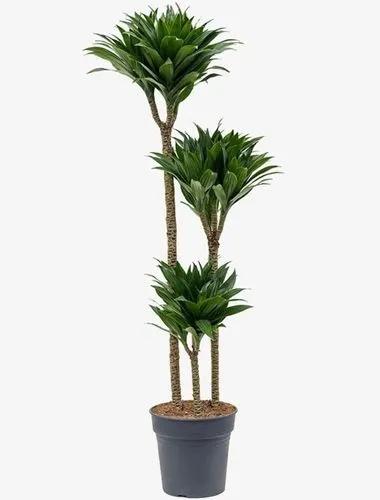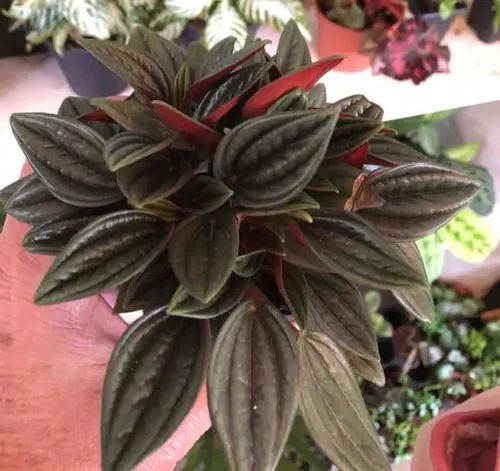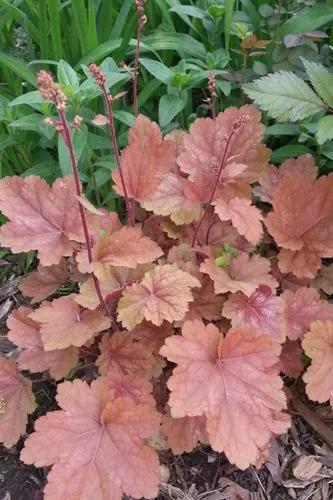Galangal is a tropical plant that grows in USDA plant hardiness zones 9 and above. The plant requires partial shade and moist, fertile, well-drained soil. Galangal rhizomes, or “hands,” widely available at ethnic supermarkets are ideal for planting. Many gardeners prefer to plant whole rhizomes, but if the rhizomes are too large, cut them into chunks with at least two “eyes.” Keep in mind that larger pieces produce bigger rhizomes at harvest time. Plant galangal after all danger of frost has passed in early spring, but be careful about planting if the soil is too soggy. Although galangal roots need moist soil, they may rot in cool, soggy conditions. Allow 2 to 5 inches between rhizomes. Add a few inches of compost or well-rotted manure if soil is poor. An application of a timed-release fertilizer gets growth off to a good start. The rhizomes will be ready to harvest in early winter, typically ten to 12 months after planting.
Galanga Care
Alpinia Galanga



How to Care for the Plant

Water

As a tropical native, Galangal requires moist, but not wet soil. Do not let the soil dry out completely for long periods of time. Doing so will cause your plant’s roots to become fiber-ish and tough, inhibiting its growth both above ground and below.With that said, do not over water these root ball based plants either, as too much standing water will cause rot issues and kill or severely damage your plant.

Fertilizer

Allow 2 to 5 inches between rhizomes. Add a few inches of compost or well-rotted manure if soil is poor. An application of a timed-release fertilizer gets growth off to a good start.

Sunlight

The plant requires partial shade and moist, fertile, well-drained soil.

Soil

Galangal prefers soils that are rich in organic matter such as sandy loam. This type of soil provides the thick roots with space to grow while allowing water to properly drain so that the roots are not left sitting in standing water which promotes root rot.

Container

These ornamental plants work well in containers, but you must plant them in large containers to allow the root structure room to grow. Start with root sections that are approximately 3-inches long and then plant them in a container that’s at least 12-inches in diameter and be prepared to transplant them into a larger container once they get fully grown.

Popularity

42 people already have this plant 6 people have added this plant to their wishlists
Discover more plants with the list below
Popular articles






